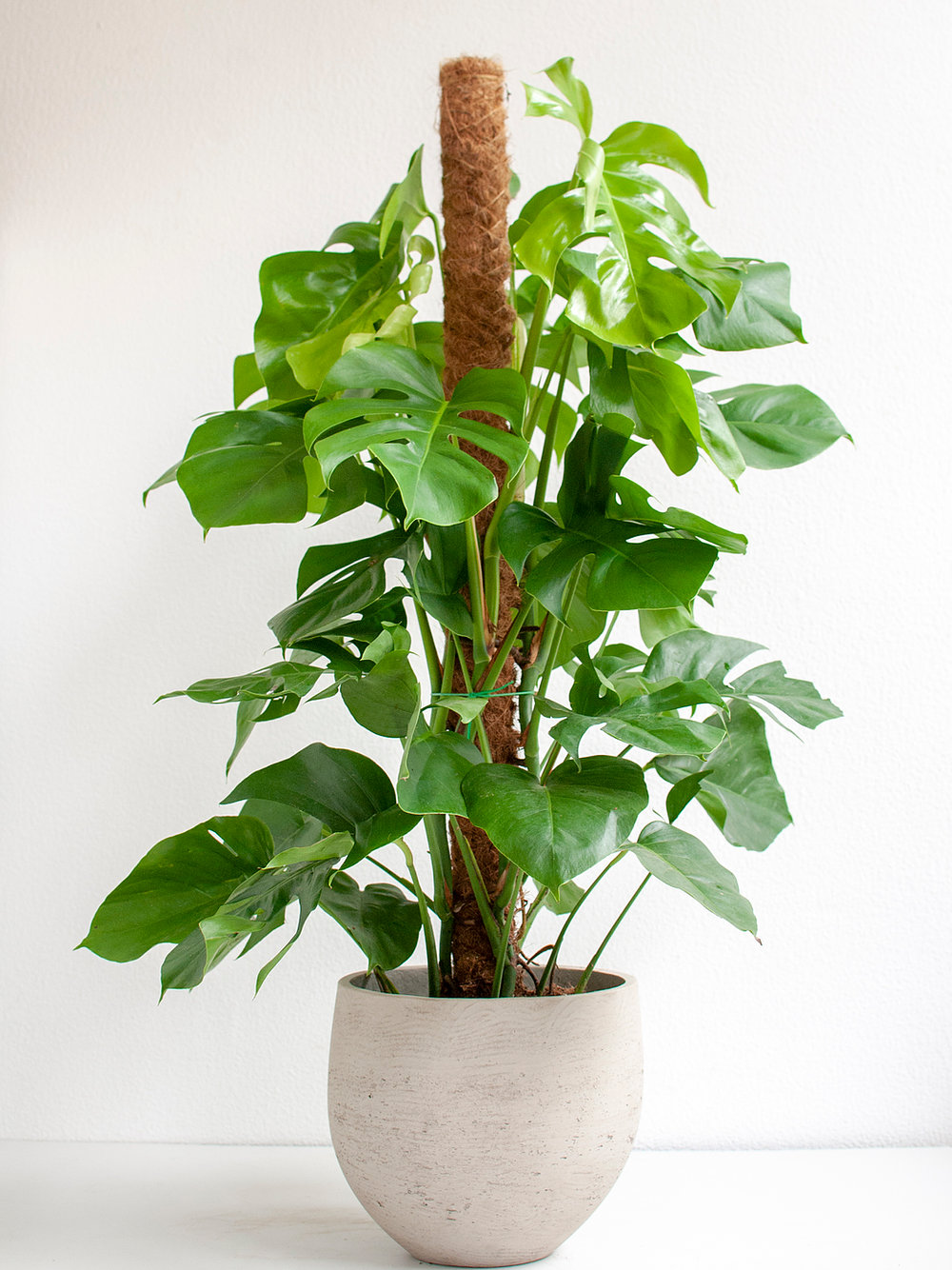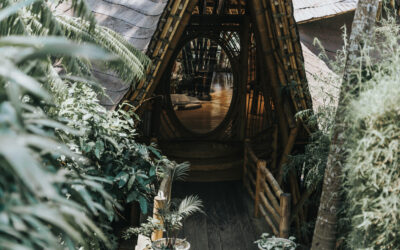Image source (claptontram)
Have you ever been in a room which had a similar atmosphere to being in a lush jungle or a tropical paradise? Well that kind of atmosphere can be achieved through a successful interior garden that’s filled with lush, exotic plants and flowers. These kinds of styles are all the rage nowadays, and interior gardens make for a great addition to any living area. A beautiful interior garden can really add to the appeal of your home with its natural style, providing you with great pleasure when you look at it.
What is an interior garden?
An interior garden is a living piece of art that you can never find anywhere else. It is a combination of plants and design features to create a unique, cohesive and perfect interior landscape. Indoor gardens can provide important living benefits, such as improved health and productivity but also the elimination of indoor air pollutants. In the following we will inspire you how you can create your own little tropical paradise inform of an interior garden and what it depends on.
What are the requirements for an indoor garden?
Water: Plants grown in planters tend to dry out more quickly than plants grown in the ground. For this reason, it is essential that indoor gardens are adequately watered, although they should not be excessively watered either. In this regard, solutions such as indoor drip irrigation systems, hydroponics or self-watering pots are often used to ensure that plants are watered regularly.
Light: Another important requirement is light, as we learned in school, plants need light to photosynthesize, grow and survive. Without light, plants will not grow fully, will not produce flowers or fruits, and may even die. This is especially important to keep in mind for indoor gardens, as often plants simply stand in corners without access to light and even near windows in the winter months may not receive enough light. Therefore, to ensure maximum growth, plants need special lighting systems. But it is not only light that needs to be considered, but also the periods when the plants do not receive light. Most plants thrive best with 14 to 16 hours of light and at least six hours of darkness per day.
Other requirements include giving the plants enough soil depth for their roots to develop. But also the right temperature plays a role, most plants will thrive under temperatures ranging from 65 to 75 degrees Fahrenheit. Also the air should not be too dry, a humidity value of 50% or higher is perfect.
Various Methods:
There are a variety of different garden designs that have been innovated over time. Depending on the available square meters and the style of the interior, designers should choose the options that accentuate different aspects of the home and allow better use of space.
Vertical Gardens are a great way to add extra green to your home and improve the look and feel of any room. They often add a unique and attractive decor element that can add value to your house. You just need to follow a few guidelines, use the right plants, and create the perfect vertical garden.
Green Walls: Bold, beautiful and eco-friendly, green walls are one of the latest trends in interior design. Green walls come in many different shapes, sizes, and forms. There are indoor green walls, outdoor green walls, vertical green walls, sloped green walls. And the list goes on. The point is that they are becoming increasingly popular in all settings, particularly where architecture may lack focal points like straight windows.
Separated Pots: Separating plants can be a really great technique to use when you have limited space for growing plants indoors. They also tend to bring a nice diversity of sizes and shape of plants, while providing a nice range of colours and textures.
Our favorit plants for an interior garden:

Image Source (superbotanica)
Monstera is a genus of 45 species of flowering plants in the arum family, Araceae, native to tropical regions of the Americas. The genus is named from the Latin word for “monstrous” or “abnormal”, and refers to the unusual leaves with natural holes that members of the genus have
Aeschynanthus radicans: Native to Java, this plant with small, leathery leaves is also called ‘A. pulcher’. Its scarlet flowers, yellow in the throat, bloom from June to August. They fall off if the plant is too dry or too wet. It must therefore be kept evenly moist.

Image Source (superbotanica)

Image Source (superbotanica)
The Yucca elephantipes is our most popular yucca – but most of its owners cultivate only “a shadow of the giant palm lily”. The best-selling yucca is fast-tracked for the mass market. An adult yucca is cut into pieces, shipped to us, three stems are put into a pot, rooted in the giant greenhouse and sold with the first root beginnings. You learn how to grow the palm lily younglings, which are nevertheless indestructible and easy to care for, into strong plants. They become more and more beautiful over the years and, with the right pruning, remain in sizes suitable for the living room.
Strelitzia nicolai, commonly known as the giant white bird of paradise or wild banana, is a species of banana-like plants with erect woody stems reaching a height of 6 m, and the clumps formed can spread as far as 3.5 m

Image Source (superbotanica)







